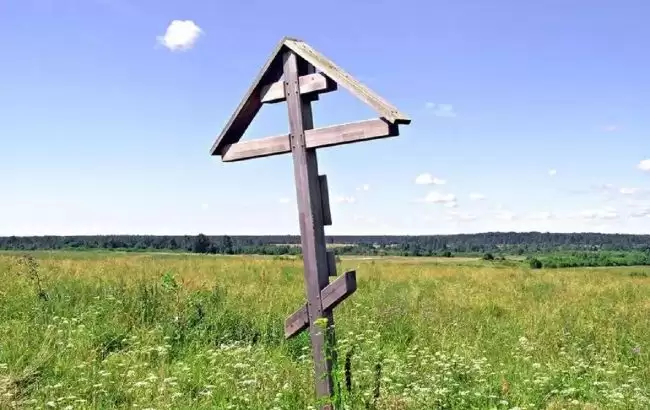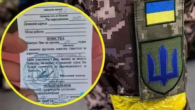
Parental Memorial Saturday: Why did our ancestors create “boards” on cemetery crosses
The Slavs practiced paganism before Christianity, and one of the important traditions was the burning of the bodies of the dead, and their ashes were stored in special vessels. The ashes of the dead were placed in wooden columns with a recess where these vessels were laid, and covered with a sloping roof, which was a symbol of a roof or housing. It was a symbolic act that gave peace to the souls of the dead and pointed to the continuation of their existence in another world.
With the advent of Christianity, many pagan customs have moved into a new religion, adapting to Christian traditions. The establishment of “Dashka” has become one of these customs, preserving its symbolic role as protection of the soul.Over time, the tradition of installing “boards” on the crosses entered the Christian culture, where it got a new meaning. On Orthodox crosses, this element became a symbol of heavenly protection and blessing for the soul of the deceased. He also became a symbol of the “roof” – a roof that covers the soul of the deceased, giving it peace and protection. The Byzantine tradition, which greatly influenced the development of Christian customs in our territory, depicted on the cross many elements that were symbolic, and “boards” became one of them.
He also points to the greatness and power of the Divine World, which gives peace dead. Today, many Christian crosses with “Dashko” keep this symbolic connection between life and the afterlife. It points to the connection between the past and the present, reminding us of the traditions of our ancestors.
Although the modern understanding of this element mainly retains its function as a symbolic roof, its meaning in the context of religion acquires new shades. The establishment of “Dashka” is an act of deep respect for traditions and religious beliefs. This element can often be seen on crosses mounted on old cemeteries, where it has remained an important part of cultural heritage.
boards also acts as a certain ornament that emphasizes the grandeur of memory of the dead and the importance of his soul in the context of religious rites. Due to its deep symbolic meaning, this element remains important customs of Orthodox Christianity to this day.









Leave a Reply